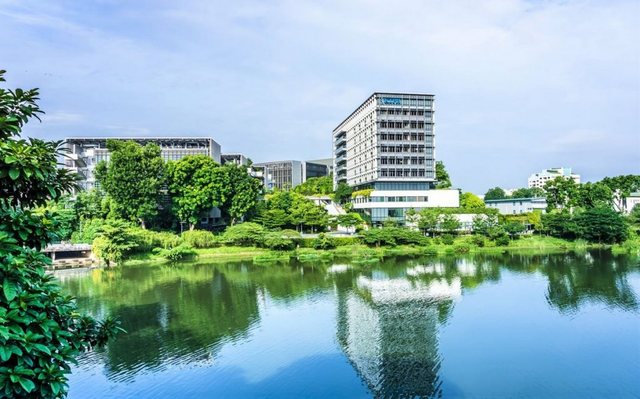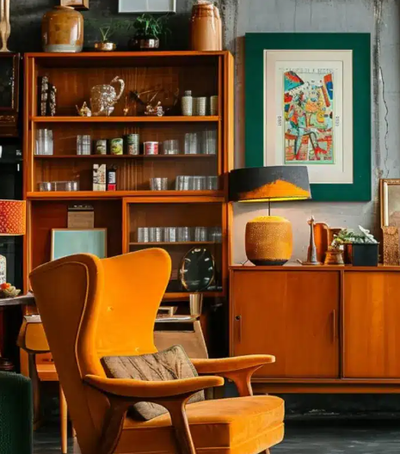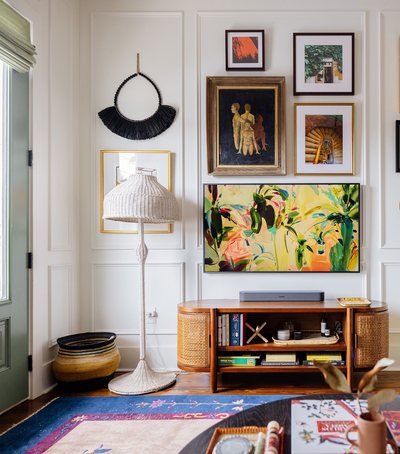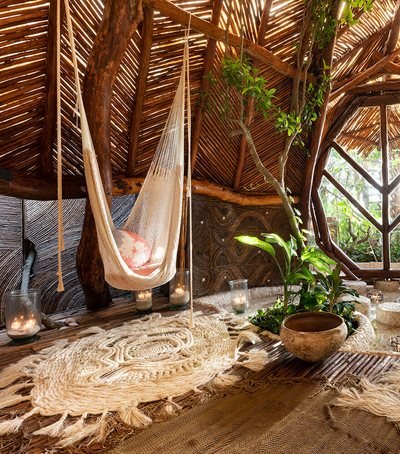
At a time when our planet faces serious ecological challenges, design is at the forefront of change. Today, sustainable design is no longer a compromise between functionality and beauty — rather, it is where aesthetics harmoniously meet ethics. In this guide, we explore the brands, materials, and projects that show that you can create beautiful, innovative, and low-impact products.
1. What is sustainable design?
Sustainable design means creating products, spaces and solutions that:
- Respect the natural life cycle of materials,
- Minimize waste and pollution,
- Promote long-term sustainability instead of rapid consumption,
- Respect human rights and ethical working conditions.
- Essentially, sustainable design is an act of awareness that combines aesthetics with responsibility.
2. Brands that lead in sustainable design
Stella McCartney
A pioneer in luxury fashion without using leather or traditional plastic materials.
Patagonia
Leader in the outdoor clothing industry, with a strong commitment to the reuse and recycling of materials.
Vestre
A Scandinavian urban furniture company that produces with zero carbon and guarantees a lifespan of decades.
IKEA
Through the "People & Planet Positive" initiative, IKEA aims to use only sustainable materials by 2030.
3. Materials shaping a sustainable future
Recycled plastic fabric: Widely used in fashion and furniture.
Vegan leather from mushrooms (Mylo) and pineapple (Piñatex).
FSC certified wood: Ensures that forests are managed responsibly.
Bio-composite materials: Materials that blend plant fibers and natural polymers for sustainable construction.
These materials not only reduce the impact on the environment, but also pave the way for new forms of natural and innovative beauty.
4. Inspiring projects in sustainable design
The Eden Project in the United Kingdom: A complex of geodesic dome-shaped greenhouses that uses ultra-efficient structures and renewable energy sources.
Brutal House
A futuristic architectural villa built into a cliff, which exploits the natural climate for heating and cooling.
Solar Trees
Urban sculptures that generate solar energy and illuminate public spaces using biomimetic shapes.
5. Why is sustainable design beautiful?
Truth has its own aesthetics: The beauty that comes from respect for material and process is deeper and more meaningful.
Form follows natural function: Products that respect natural rhythms often result in more graceful, harmonious, and timeless designs.
Ethical Minimalism: Sustainable designs often follow a simple and elegant philosophy — less waste, more thought and care.
In a world that demands responsibility, sustainable design is much more than a trend: it is a philosophy of living and creativity.
When aesthetics meet ethics, we create products and spaces that are not only beautiful to the eye, but also good for the soul and the planet. Because the most beautiful future is one that is built with love and respect for the world around us.





